Horns are some of nature's most spectacular examples of evolutionary adaptations, used for defense, courtship, and dominance displays in many animal species. Certain creatures are particularly noted for the sheer size of horns, which can grow quite long and wide. Not only are these impressive to behold, but they also provide information about the animal's adaptations and social behavior. Read along to know more about the top 10 biggest-horned animals, featuring species ranging from humongous bovines to wild goats that carry nature's biggest headgear.
Top 10 Animals with the Largest Horns
| Rank | Animal | Max Horn Length/Spread |
| 1 | Asian Water Buffalo | Up to 13 ft 10 in (spread) |
| 2 | Moose | 83 in (spread), 60 in long |
| 3 | Greater Kudu | 74 in (curve) |
| 4 | Markhor | 63 in (straightened) |
| 5 | Caribou (Reindeer) | 53 in long, 39 in (spread) |
| 6 | Elk | 48 in long, 48 in (spread) |
| 7 | Scimitar Oryx | 47 in long |
| 8 | Addax | 43 in long |
| 9 | Alpine Ibex | 39 in long |
| 10 | Ankole-Watusi Cattle | 40.7 in (spread), 37.5 in long |
Note: Measurements are approximate; spread refers to tip-to-tip distance.
Asian Water Buffalo

Source: National Geographic
Guinness record holder for longest horns (up to 13 feet, 10 inches tip-to-tip).
Indigenous to India and Southeast Asia; horns swirl out in an impressive semicircle.
Moose
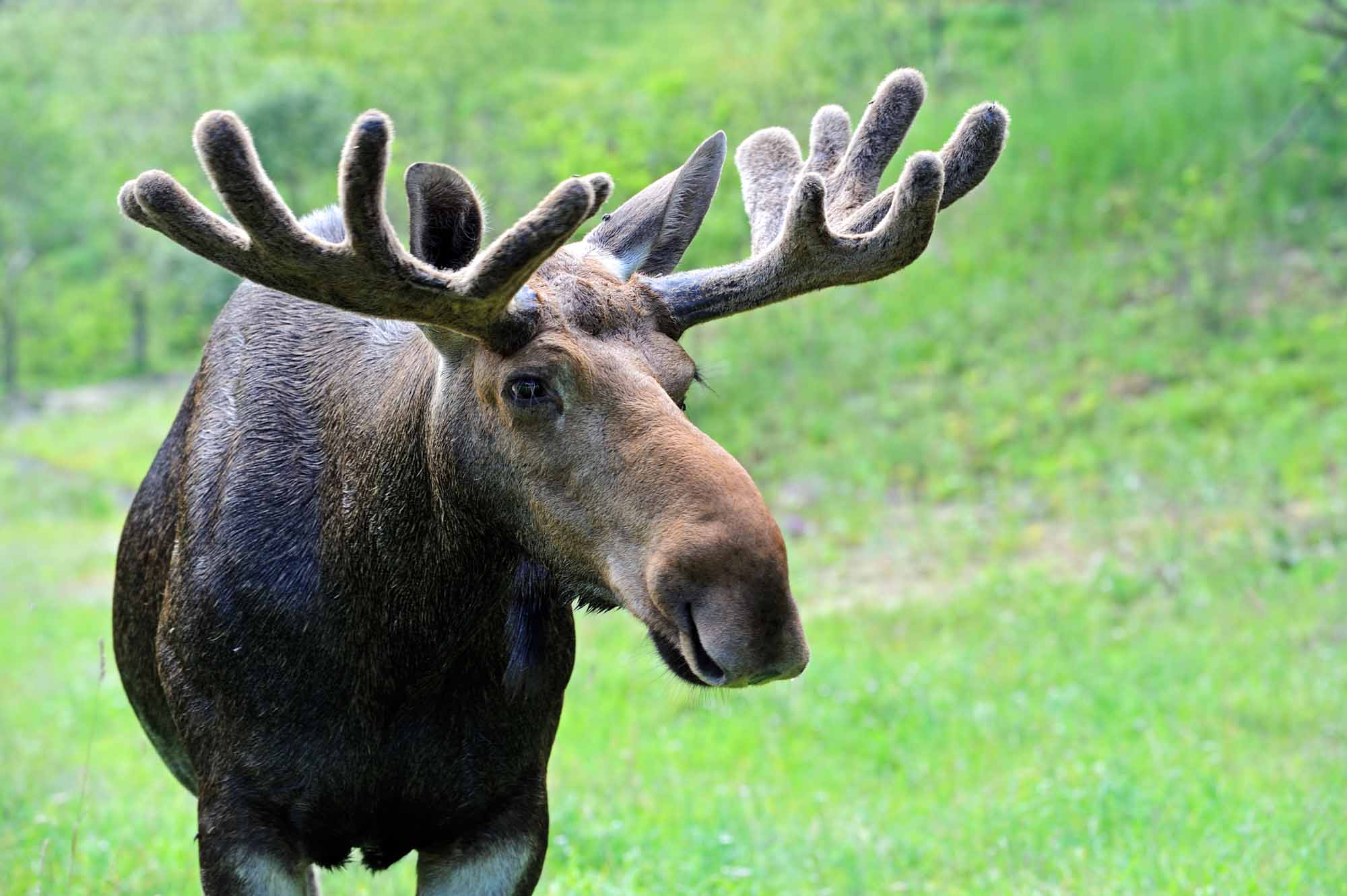
Source: The Canadian Encyclopedia
Largest member of the deer family, with antlers branching up to 83 inches wide.
Antlers are only found on males, which are broad, flat, and employed in violent struggles.
Greater Kudu

Source: Nairobi National Park
African antelope with long, spiraled horns that reach 74 inches measured along the curve.
Horns are present only in males and are employed in dominance fights.
Markhor
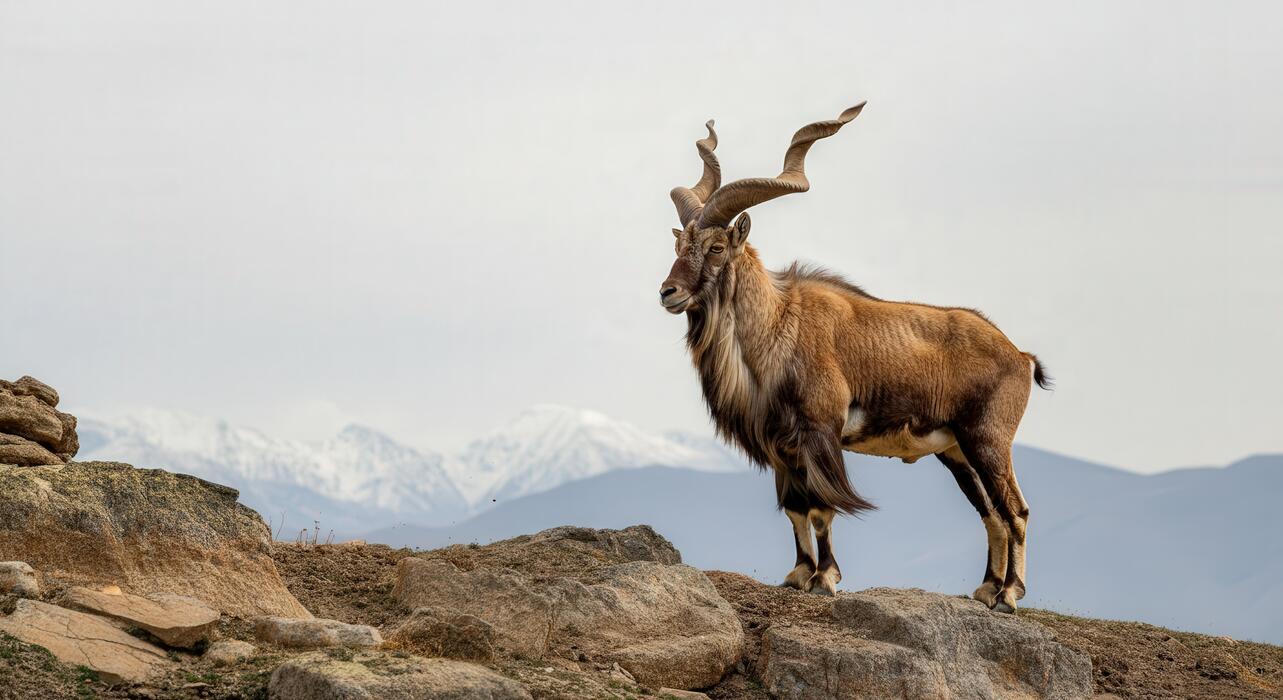
Source: Vecteezy
Native to Central Asia, wild goat; males have corkscrew horns up to 63 inches.
National animal of Pakistan, famous for its impressive twisted horns.
Caribou (Reindeer)

Source: National Geographic Kids
Both sexes produce antlers, but male antlers are larger, up to 53 inches long.
Antlers are of branching forms and broad spread relative to body size.
Elk

Source: One Earth
Recognized for remarkable, large antlers that can reach 48 inches in length.
Antlers are shed and regrown every year, utilized by males in rutting battles.
Scimitar Oryx
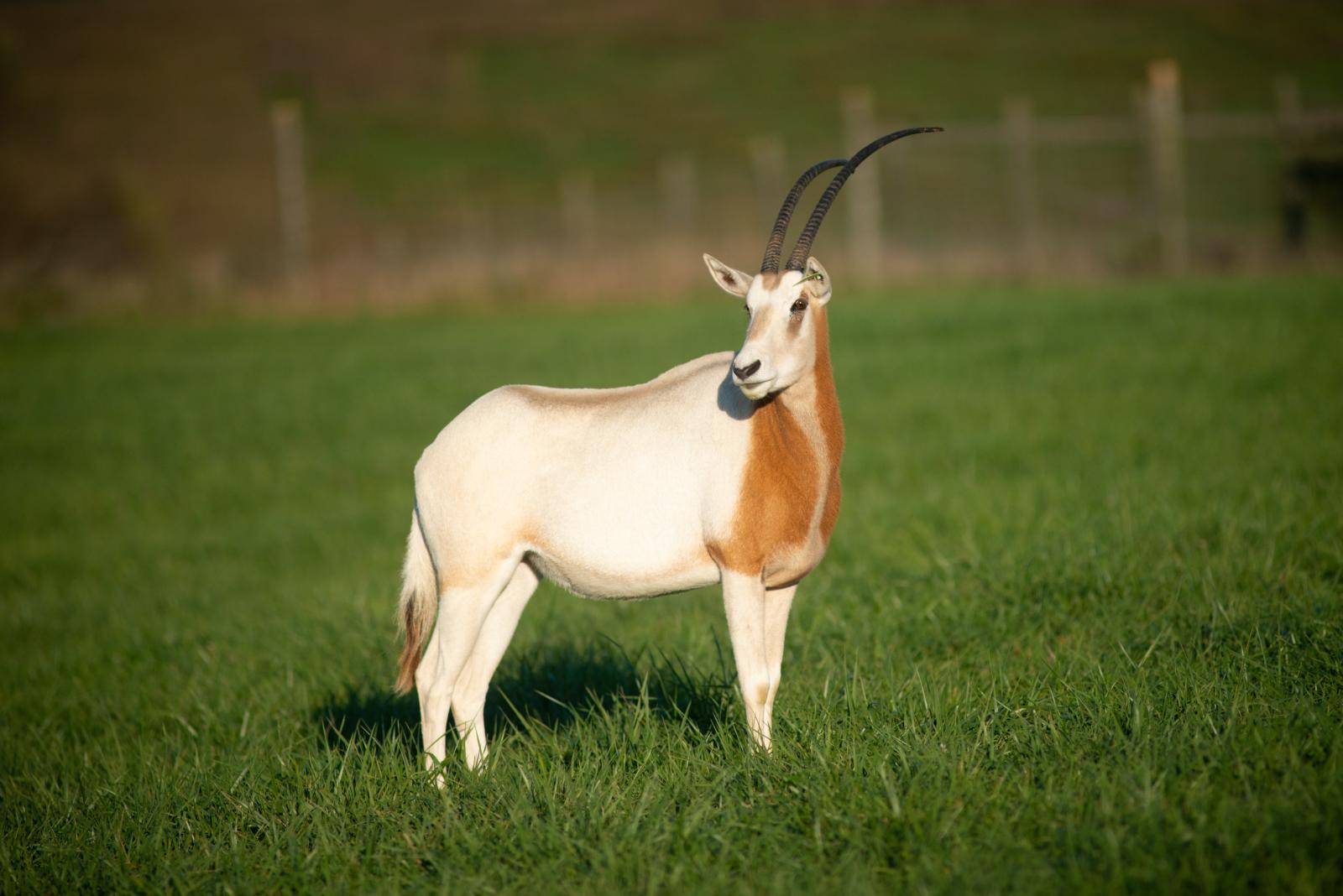
Source: The Wilds
Formerly extinct North African antelope with 47-inch horns.
Dramatically curved, long, thin horns.
Addax
Source: Wikipedia
Critically endangered Saharan antelope with spiralled horns up to 43 inches in length.
Male and female have ringed, spiralled horns.
Alpine Ibex
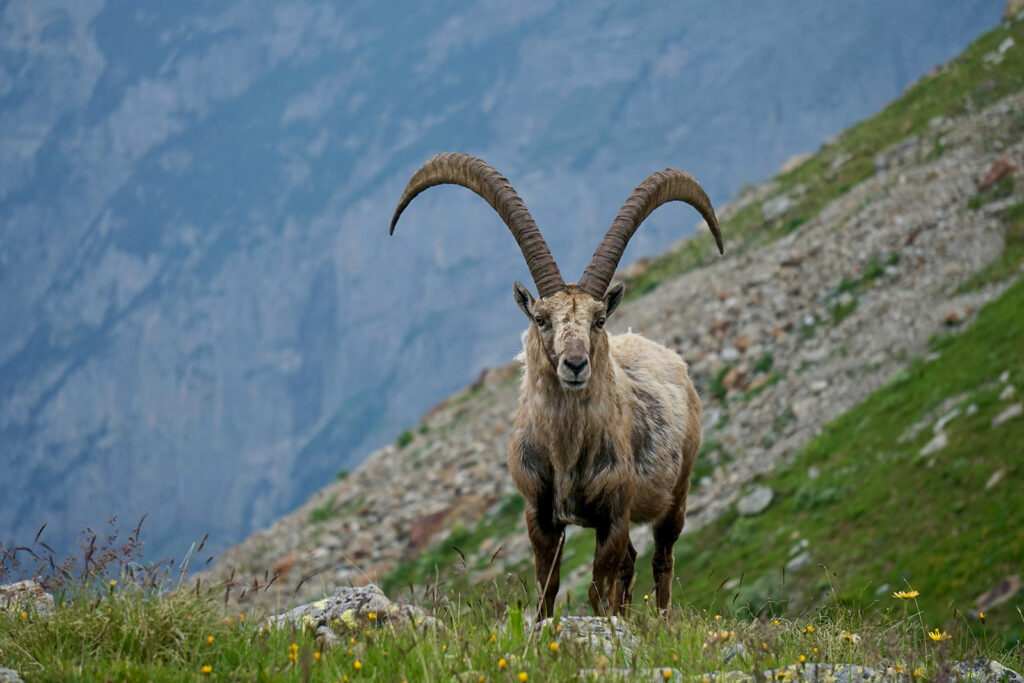
Source: Run the Alps
European Alpine mountain goat; male horns up to 39 inches.
For sparring, and stunning displays throughout breeding season.
Ankole-Watusi Cattle
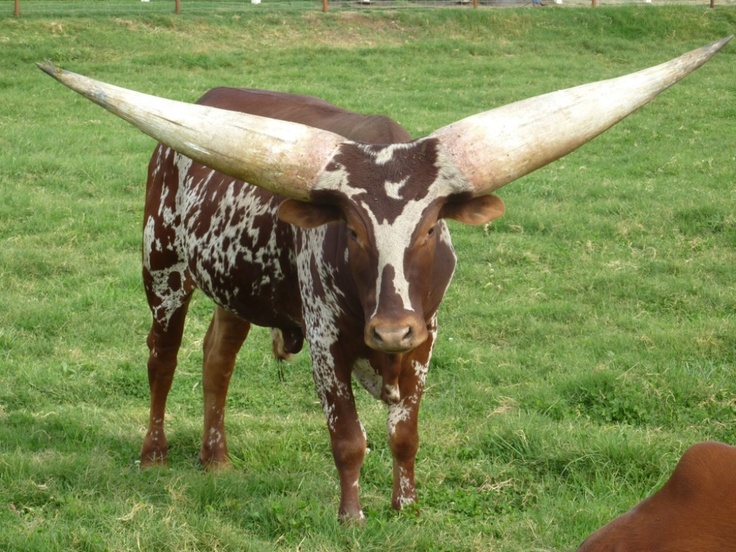
Source: Cattle International Series
Domesticated African cattle with enormous, thick horns: spreads up to 40.7 inches.
Hollow horns aid thermoregulation.
Nature's creativity and diversity are expressed through the animal kingdom's most oversized horns, which arose as survival, competition, and display tools. From the curving horns of the Asian water buffalo to the twisted beauty of the markhor and the flattened antlers of the moose, these creatures make eyes wherever they walk or feed.
Such remarkable horned animals not only intrigue naturalists but also us as a reminder of nature's awe and strength. Safeguarding these symbol animals means that later generations can continue to be amazed at the grandest headpieces that nature has to offer.
Check Out: List of Top 10 Major Women Leaders in the World (2025)
Comments
All Comments (0)
Join the conversation